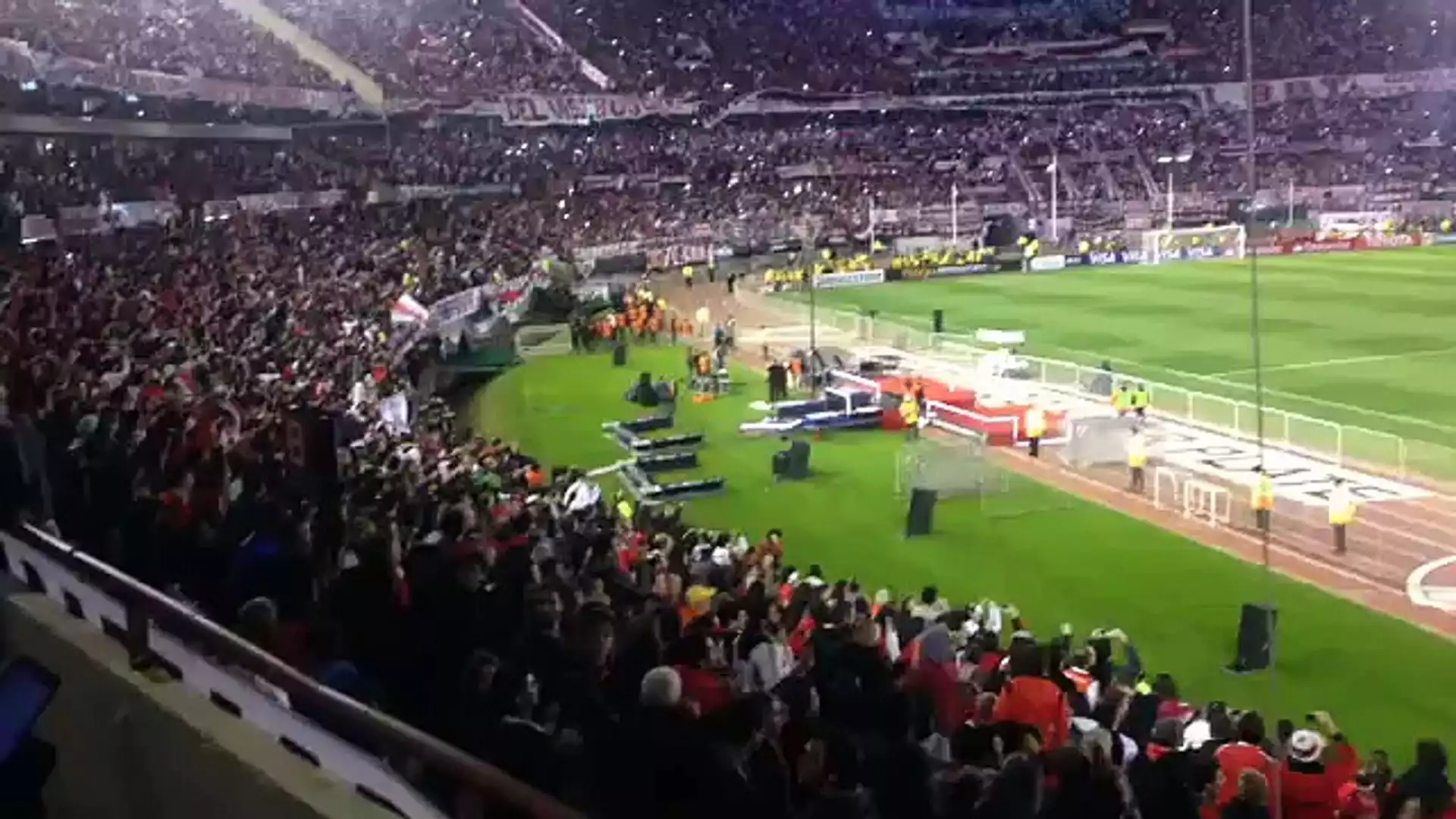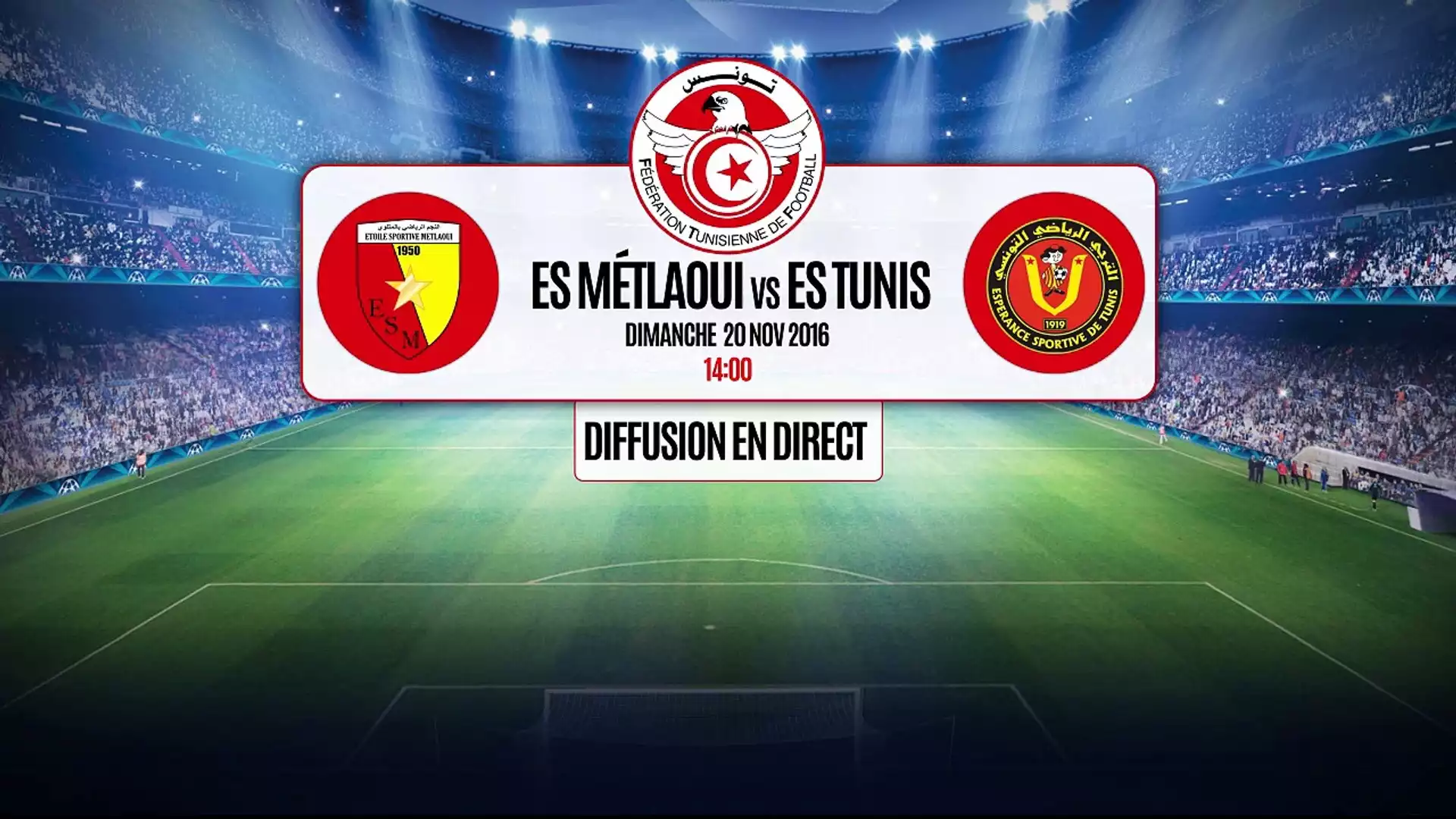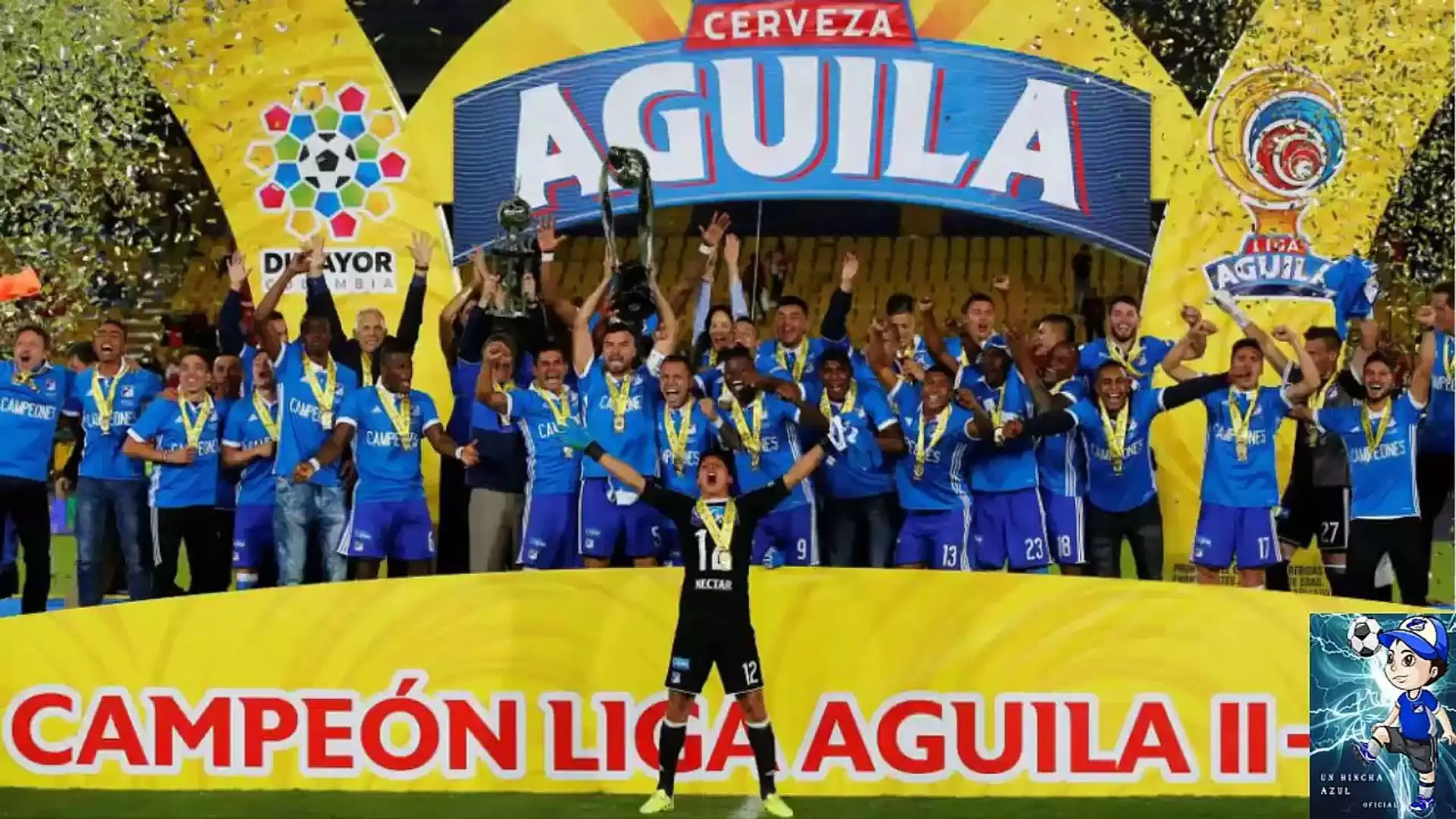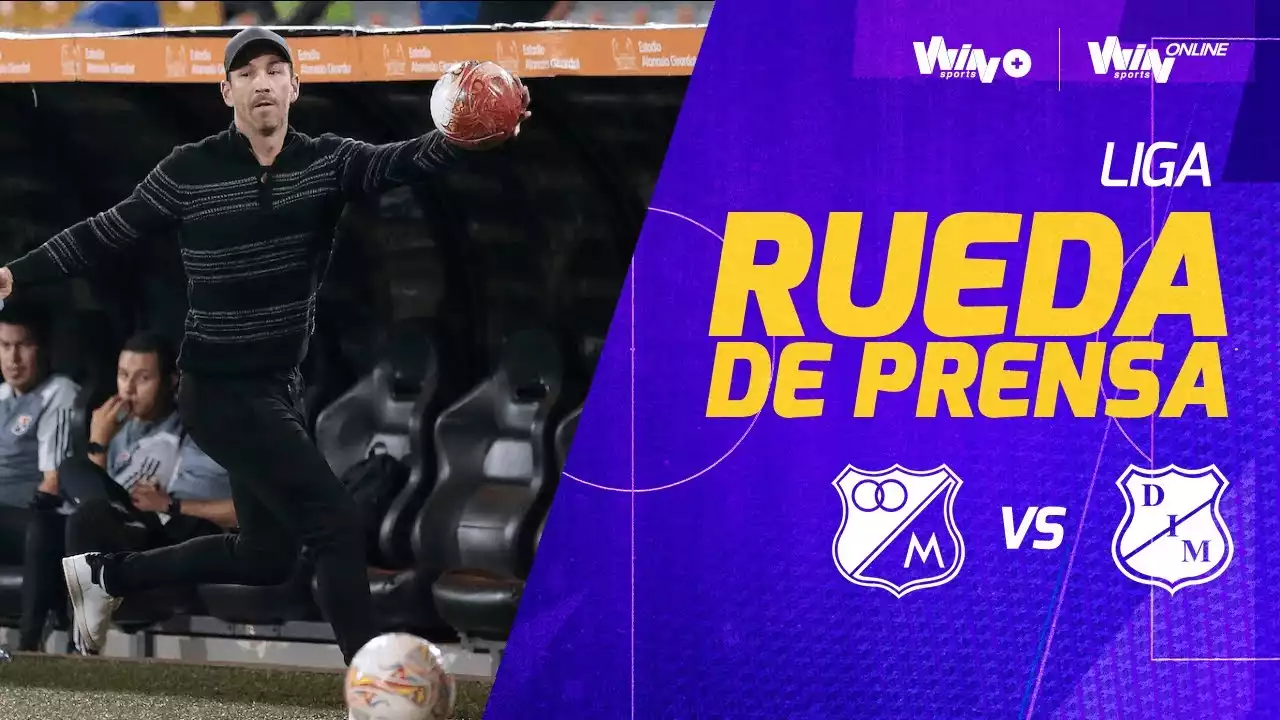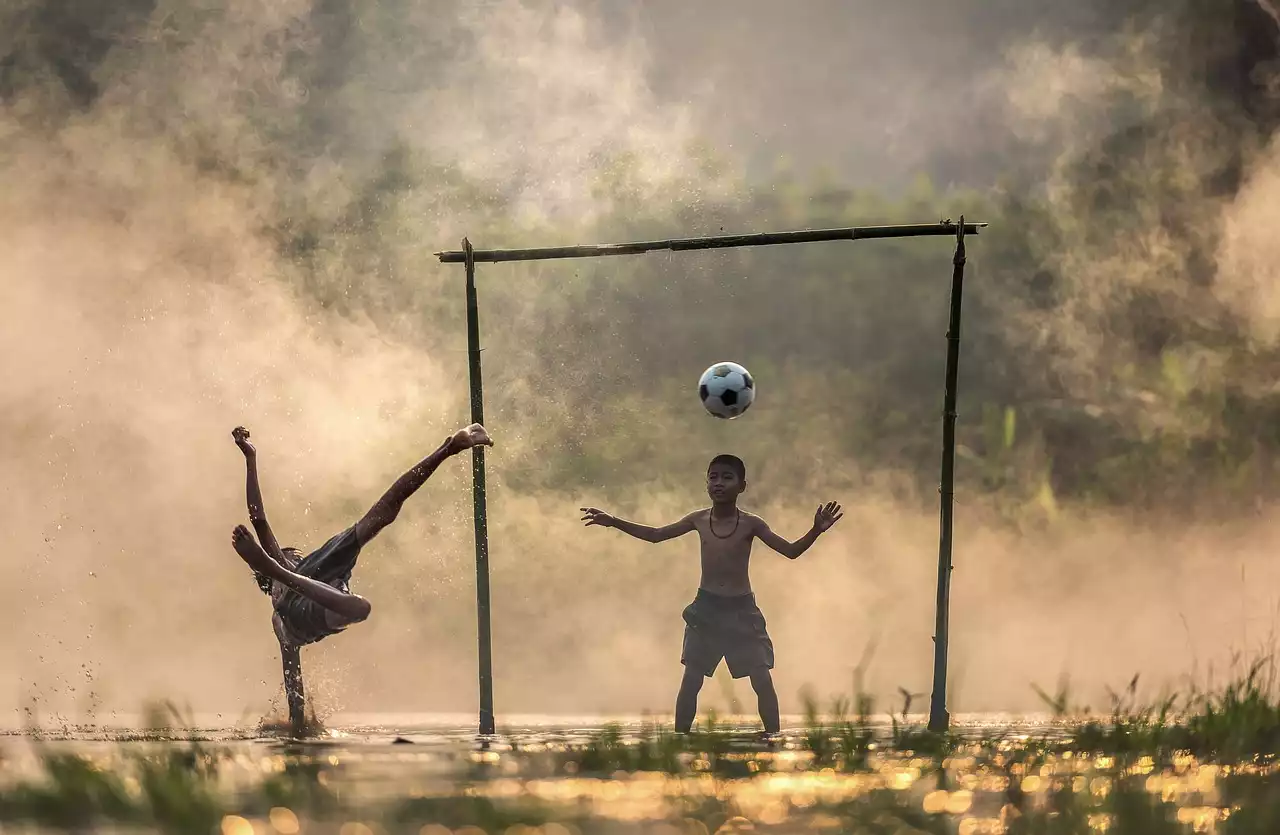The Importance of Chants in Football
Chants have been an integral part of football culture for decades. They are used to show support for a team, rally the players, and intimidate opponents. Chants can also reflect the identity and culture of a team, city, or country. In Colombia, chants are a way for fans to express their passion and love for their team. The chants are often witty, humorous, and sometimes even provocative, but they serve a purpose: to inspire players and create an electric atmosphere in the stadium.
Chants also have a psychological impact on players and opponents. When a team hears their fans chanting their name or a particular chant, it can boost their confidence and motivate them to play harder. On the other hand, when opponents hear the chants of the opposing team, it can intimidate them and affect their performance. Chants can also set the tone for the game and create a sense of unity among fans.
Chants have evolved over time, with some chants becoming iconic symbols of fan culture. In Colombia, the top 5 chants in Categoria Primera A have become an integral part of fan culture and are celebrated by fans across the country.
Top 5 Chants in Categoria Primera A
1. "Vamos, vamos, América"
"Vamos, vamos, América" is the most iconic chant in Colombian football. It is the official chant of América de Cali, one of the most successful clubs in the country. The chant is simple, yet powerful, and is often sung at the start of the game to rally the players and inspire the fans. The chant has become so popular that it has been adopted by fans of other teams as well.
The chant originated in the 1970s when América de Cali was experiencing a period of success. The fans created the chant to show their support for the team and to celebrate their victories. Today, the chant is sung at every game and has become an integral part of fan culture in Colombia.
Vamos America HD vs Tigres. Campeón 2014
2. "Dale, dale, verde"
"Dale, dale, verde" is the official chant of Atlético Nacional, one of the most successful clubs in Colombia. The chant is simple, yet catchy, and is often sung at the start of the game to rally the players and inspire the fans. The chant has become so popular that it has been adopted by fans of other teams as well.
The chant originated in the 1980s when Atlético Nacional was experiencing a period of success. The fans created the chant to show their support for the team and to celebrate their victories. Today, the chant is sung at every game and has become an integral part of fan culture in Colombia.
3. "El que no salta es un inglés"
"El que no salta es un inglés" is a chant that is used by fans of several teams in Colombia. The chant is a playful insult to fans who are not participating in the chanting and jumping. The chant is often used to provoke and intimidate opponents and to show support for the home team.
The origin of the chant is unclear, but it has become a popular chant among fans in Colombia. The chant is often used during important games and has become an integral part of fan culture in the country.
4. "Ole, ole, ole, Junior, Junior"
"Ole, ole, ole, Junior, Junior" is the official chant of Junior de Barranquilla, one of the most popular teams in Colombia. The chant is simple, yet catchy, and is often sung at the start of the game to rally the players and inspire the fans. The chant has become so popular that it has been adopted by fans of other teams as well.
The chant originated in the 1990s when Junior de Barranquilla was experiencing a period of success. The fans created the chant to show their support for the team and to celebrate their victories. Today, the chant is sung at every game and has become an integral part of fan culture in Colombia.
olé olé ola junior tu papá los demás valen .....
5. "La gloriosa banda del rojo"
"La gloriosa banda del rojo" is the official chant of Deportivo Independiente Medellín, one of the most successful teams in Colombia. The chant is a tribute to the team's fan group, which is known as "La gloriosa banda del rojo." The chant is often used to show support for the team and to celebrate their victories.
The origin of the chant is unclear, but it has become a popular chant among fans of Deportivo Independiente Medellín. The chant is often used during important games and has become an integral part of fan culture in Colombia.
The History and Meaning Behind Each Chant
Each chant has its own unique history and meaning. "Vamos, vamos, América" was created to show support for América de Cali during a period of success. "Dale, dale, verde" was created to show support for Atlético Nacional during a period of success. "El que no salta es un inglés" is a playful insult to fans who are not participating in the chanting and jumping. "Ole, ole, ole, Junior, Junior" was created to show support for Junior de Barranquilla during a period of success. "La gloriosa banda del rojo" is a tribute to the fan group of Deportivo Independiente Medellín.
Each chant reflects the identity and culture of the team and its fans. The chants are often witty, humorous, and sometimes even provocative, but they serve a purpose: to inspire players and create an electric atmosphere in the stadium.
The Impact of Chants on Team Performance and Fan Experience
Chants have a psychological impact on players and opponents. When a team hears their fans chanting their name or a particular chant, it can boost their confidence and motivate them to play harder. On the other hand, when opponents hear the chants of the opposing team, it can intimidate them and affect their performance.
Chants also create a sense of unity among fans. When fans are chanting together, it creates a bond between them and a sense of belonging. Chants also enhance the fan experience by creating an electric atmosphere in the stadium. Fans feel a sense of excitement and passion when they are chanting and cheering for their team.
How Chants Have Evolved Over Time in Football
Chants have evolved over time, with some chants becoming iconic symbols of fan culture. In Colombia, the top 5 chants in Categoria Primera A have become an integral part of fan culture and are celebrated by fans across the country. Chants have also evolved with the times, with social media playing a big role in spreading and popularizing chants.
Social media has allowed fans to connect with each other and share their love for their team. Fans can create and share chants on social media, which can then be adopted by other fans and become a part of fan culture. Social media has also allowed fans to connect with their favorite players and teams, creating a sense of community and belonging.
The Role of Social Media in Spreading and Popularizing Chants
Social media has played a big role in spreading and popularizing chants. Fans can create and share chants on social media, which can then be adopted by other fans and become a part of fan culture. Social media has also allowed fans to connect with their favorite players and teams, creating a sense of community and belonging.
Chants have also become a part of social media culture, with fans creating and sharing videos of themselves chanting and singing. This has created a sense of unity among fans and has helped to spread the love for their team across the country.
The Future of Chants in Football
Chants will continue to be an integral part of football culture for years to come. As social media continues to evolve, so will the way fans create and share chants. Chants will also continue to evolve with the times, reflecting the culture and identity of the teams and their fans.
As football continues to grow in popularity around the world, so will the importance of chants. Chants are a way for fans to express their passion and love for their team, and they create an electric atmosphere in the stadium that is truly unique.
